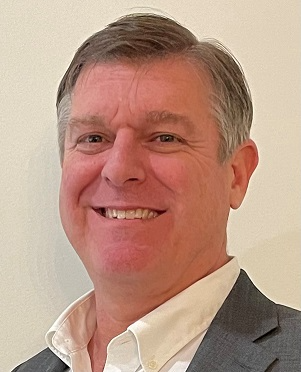A rare genetic mutation associated with cerebral cavernous malformations (CCM) is notably prevalent in New Mexico, raising significant health concerns for families in the region. This condition can lead to serious neurological issues, including brain bleeding, as experienced by Sakura Tafoya, a young girl from Santa Fe.
In the fall of 2021, during a soccer game, Sakura attempted a move that involved heading the ball. Shortly after, she exhibited alarming symptoms: she fell, struggled to stand, and experienced slurred speech. Her father, Jared Tafoya, immediately recognized the gravity of the situation. An ambulance transported her to a local hospital, where initial scans revealed a pool of blood on one side of her brain.
Cerebral cavernous malformations are clusters of abnormal blood vessels that can leak, causing a range of neurological problems, including seizures and paralysis. According to the Alliance to Cure Cavernous Malformation, approximately 1 in 500 people have at least one malformation in their brain, but only about 20% inherit a familial form of the condition. New Mexico sees a higher prevalence of CCM, particularly among individuals of Hispanic descent, attributed to the CCM1 mutation traced back to early Spanish settlers.
Dr. Tarun Girotra, a neurologist at the University of New Mexico Health Sciences Center, stated, “For us, it’s not a rare disease.” He noted that during his training in other states, he encountered only a few cases of CCM, while in New Mexico, it is a daily occurrence.
Following her initial treatment, Sakura was airlifted to University of New Mexico Hospital after experiencing seizures. Her mother, Kristina Tafoya, described the experience as surreal. “It almost didn’t feel like it was real life,” she recalled. Doctors discovered that the bleeding was due to a cluster of abnormal blood vessels near the surface of her brain, which had leaked blood into the surrounding tissue.
Cavernous malformations occur when capillaries cluster together abnormally, resulting in fragile blood vessels. Dr. Leslie Morrison, a retired pediatric neurologist, explained that the presence of these lesions poses a significant risk, potentially causing severe headaches, seizures, or even death, depending on their location.
The Tafoya family was not unfamiliar with the implications of CCM. Jared had previously sought medical attention for recurring headaches, which led to imaging revealing multiple spots in his brain and spinal column. Although he was unaware of his condition at the time, it was later confirmed that he had CCM.
In most cases, CCM is sporadic, but 20% of cases are inherited. This genetic form is often linked to the CCM1 mutation, which has been widely documented in Hispanic families. Research indicates that between 53% and 65% of CCM cases result from this specific genetic error, with New Mexico’s rate being even higher.
Doctors faced a dilemma regarding Sakura’s treatment. Operating on her brain bleed was not feasible due to the risk of damaging crucial areas responsible for motor skills. Instead, they opted to monitor the situation closely, and fortunately, the bleeding ceased within a day. Sakura was prescribed medication to manage her seizures and scheduled for regular follow-ups, including MRI scans.
Despite the cessation of her brain bleed, the underlying condition persists, as there is currently no cure for CCM. Dr. Morrison noted that while no effective drugs exist to prevent hemorrhages, lifestyle changes such as vitamin D supplementation and maintaining healthy blood pressure may help manage the condition.
Significant efforts have been made to advance research on CCM in New Mexico, with the state legislature allocating more than $600,000 in recent years to support research and outreach initiatives at the University of New Mexico. Dr. Girotra emphasizes that patient care extends beyond finding a cure; it includes managing symptoms and connecting patients with necessary resources.
Access to healthcare remains a challenge for many families in rural New Mexico. Dr. Morrison, who experiences these barriers firsthand, highlighted the difficulties faced by patients needing to travel long distances for specialized care. “Losing a whole day is a costly endeavor,” she noted, underscoring the financial and logistical burdens that accompany medical appointments.
Now four years post-incident, Sakura continues to receive annual MRI scans to monitor her brain health. She leads a relatively normal life as a third grader, with aspirations of becoming a tattoo artist like her mother. Despite their efforts to encourage her pursuits, Kristina expressed ongoing anxiety about the possibility of another bleed. “It’ll always be in the back of our heads: Is this another rupture?” she said.
The Tafoya family’s journey reflects the complexities of living with a condition that is both rare and surprisingly prevalent in their community. As research continues and awareness grows, the hope remains for improved treatments and support for those affected by cerebral cavernous malformations in New Mexico and beyond.







